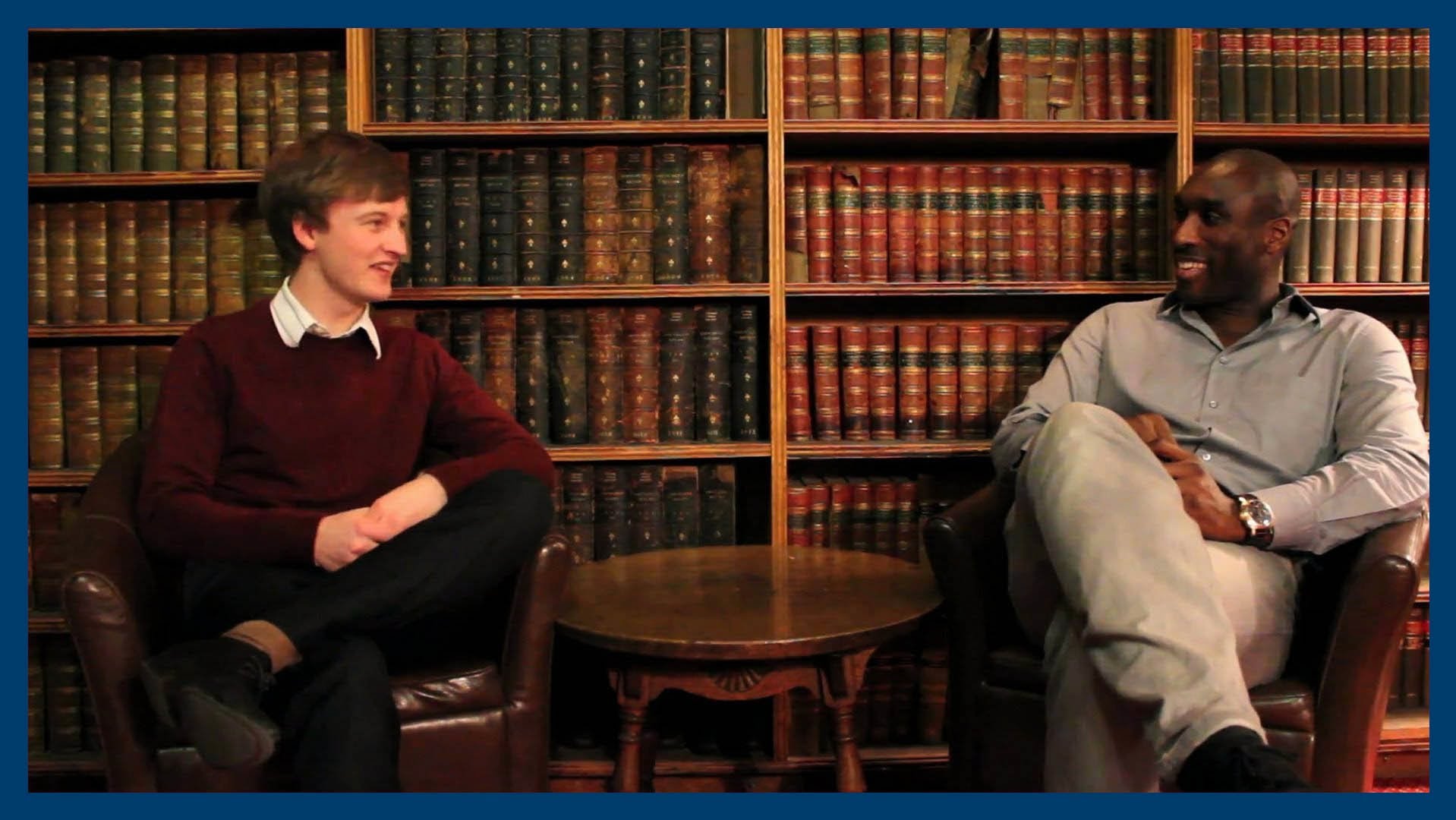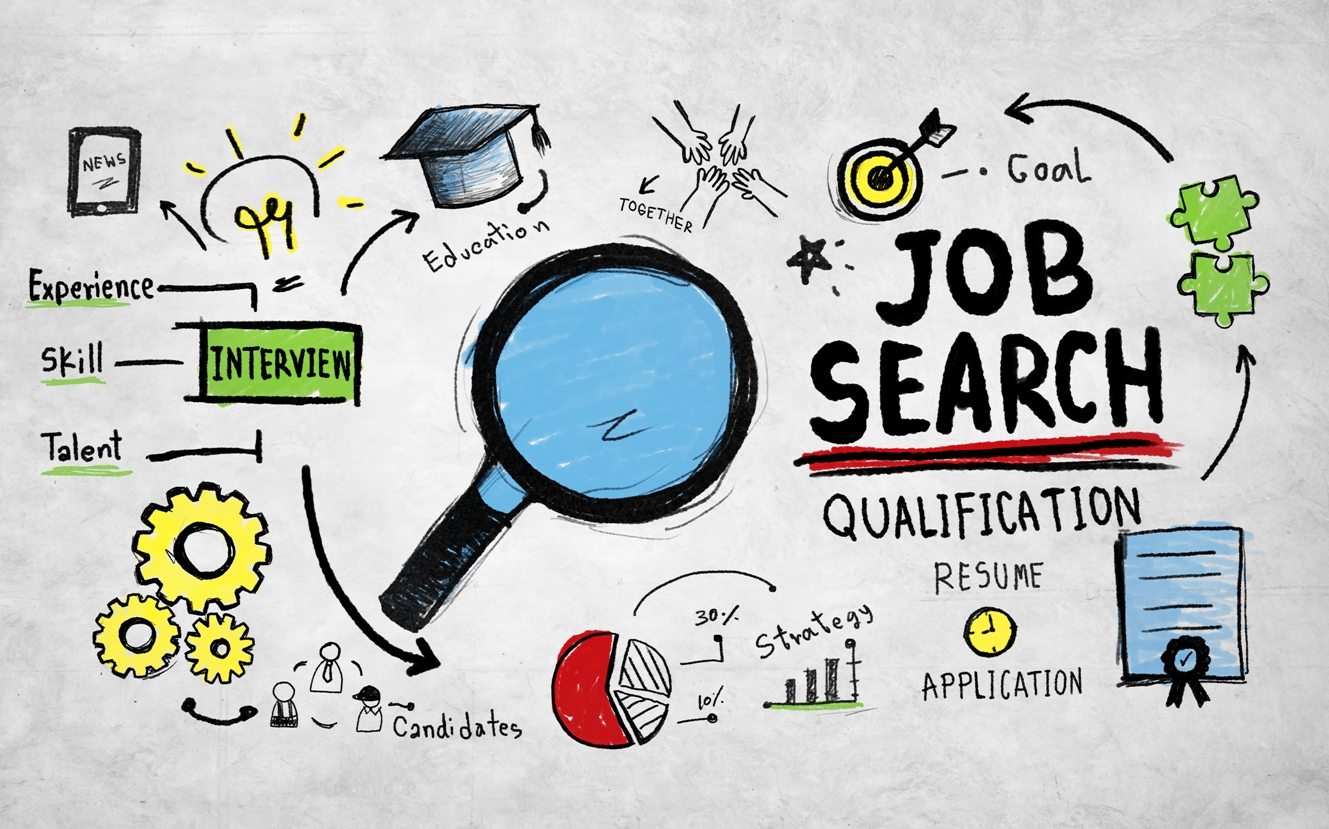In Key to a Well Structured Personal Statement (Part 1), we primarily focused on the motivation behind your application and your personal experiences. Here is Part 2 where we will look at how to continue to get a well structured statement.
Step 4: Structure
After steps 1-3, you should now have a better idea what you would like to include in your statement. All essays should have a start, body and end and here’s an overiew:
START:
It should capture the reader’s’ attention. You can do so by perhaps including your personal story, what sparked your initial interest in the subject, etc.
BODY:
This part should contain a few paragraphs about your awards / experiences / research done. You can mention them in any order you wish but here are some ideas:
● Research done-> Direct relevant experiences -> Indirect relevant experiences
● Academic Achievements -> Extracurricular -> Research done…etc
Don’t worry about the order too much as you can always move them around later if needed. It is find as long as the experiences are included in a way that makes sense.
END:
It should act as a summary to your entire essay and reinforce your strengths. For places where you can send in individual applications to each university, you can also consider spending a line or two to explain why you want to apply to that particular university.
As strange as it sounds, the start tends to be the most difficult part for me so I always leave it until the very end. However, once you get the majority of the rest done, it comes naturally.

Step 5: Writing it
Remember that the statement is supposed to be all about YOU and should focus on showcasing yourself. Use concise language and make sure there aren’t any spelling errors.
Make sure the entire essay is within the word limit: if you are over, then you might need to shorten your sentences or even remove the least relevant experiences. A good way to see if you have ‘wasted’ too many words is to simply look at the lengths of all the paragraphs. They should roughly be all of similar lengths. The key here is that you should only be spending your words on items that are adding value to your statement.
Step 6: Read it out loud & Proofread
Read your completed essay out loud a few times. If you cannot read a particular sentence easily after two attempts, you should probably modify it to make it ‘flow’ better.
Once you have done this for the whole essay, get your family or friends to read it! This part is crucial as what makes sense to you might not necessarily make sense to them. You should change the sentences that they do not understand so it is more reader friendly. Don’t be disheartened by your family or friends’ comments – they are only trying to push you to come up with the best statement you can!
Step 7: Copy and Paste (If appropriate)
For applications where you have to copy and paste into a box on a particular page (for example, the UK UCAS system), you should double check whether or not your entire essay can be pasted successfully into the box. Very occasionally, UCAS has a slightly different word count than Word so there is no harm in just double checking – you would not want to have an unfinished sentence at the end of your statement!
There you go! My own approach to writing personal statements. As mentioned, this is to act as a guide and there is no right or wrong way to write your essay. Decide what works for you and I wish you all the best with your applications!
To find out more about Ampla Education’s university application services, contact us at info@ampla-edu.com
______________________________________________________________
Educated at Badminton School, Kitty obtained a First Class Honours degree in Biomedical Engineering, followed by a MSc degree specialising in Medical Physics, both from Imperial College. Kitty has experience teaching students subjects such as Maths, Sciences, as well as educating young children Programming. As the former Departmental Representative of her degree, she also understands university admissions and is well placed to assist with school and university applications.
______________________________________________________________
© Ampla Education – Unauthorised use of this material without permission is strictly prohibited. Excerpts and links may be used, provided that full credit is given to Ampla Education.
To find out more about Ampla Education's university application services, contact us at info@ampla-edu.com
________________________________________________________________________
Educated at Badminton School, Kitty obtained a First Class Honours degree in Biomedical Engineering, followed by a MSc degree specialising in Medical Physics, both from Imperial College. Kitty has experience teaching students subjects such as Maths, Sciences, as well as educating young children Programming. As the former Departmental Representative of her degree, she also understands university admissions and is well placed to assist with school and university applications.
________________________________________________________________________
© Ampla Education - Unauthorised use of this material without permission is strictly prohibited. Excerpts and links may be used, provided that full credit is given to Ampla Education.



















